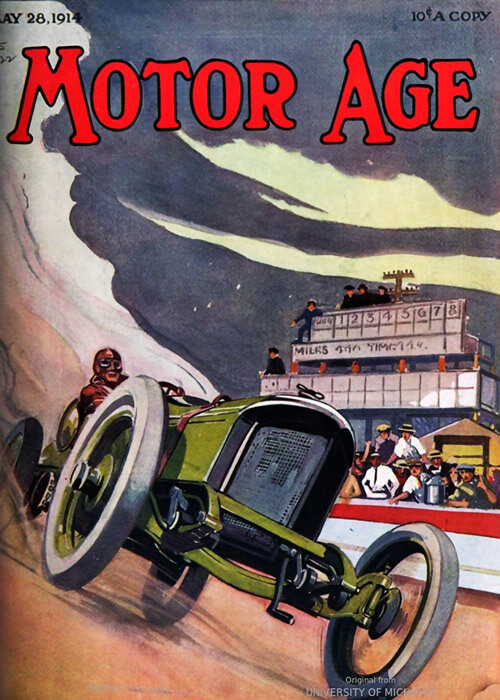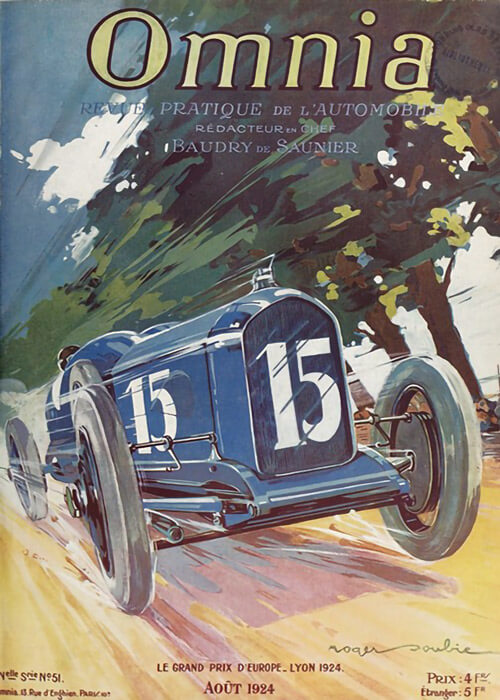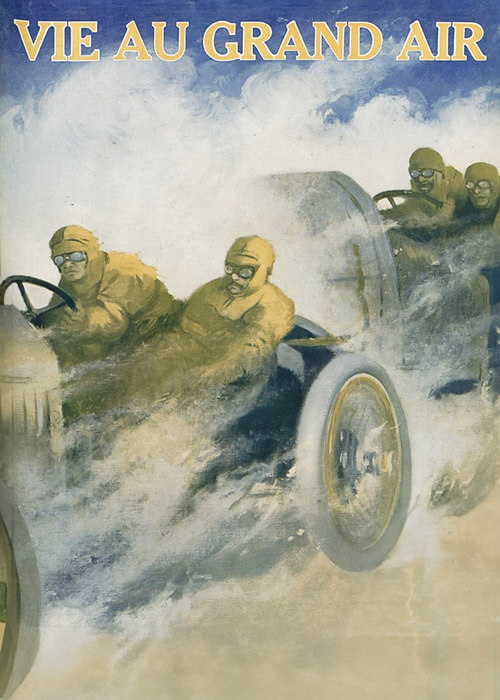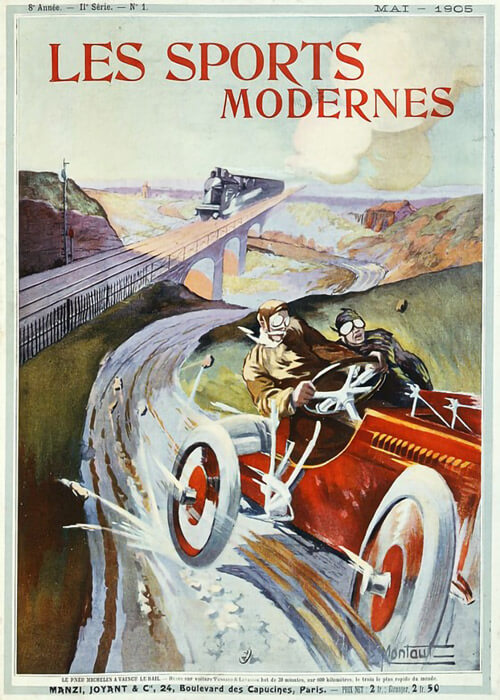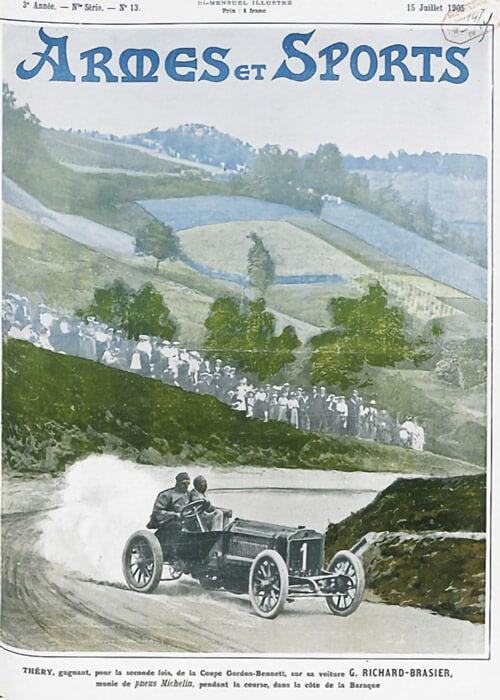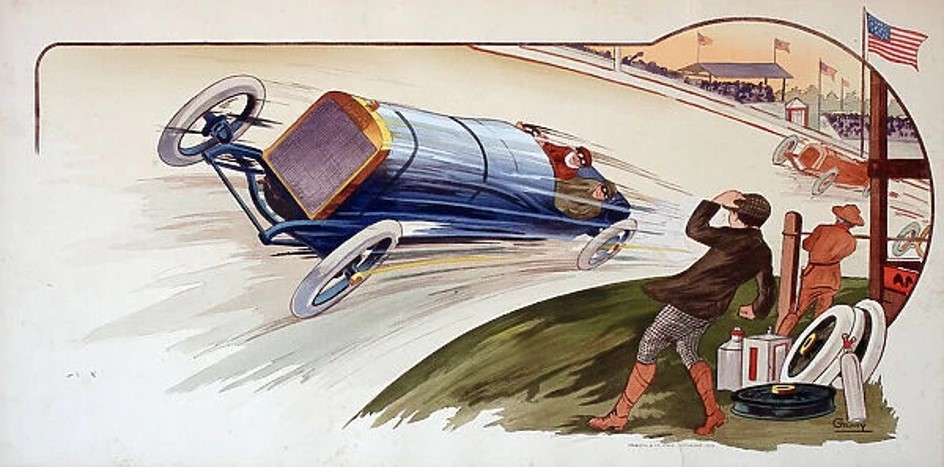The Friday races on the Speedway luckily were without incidents, On the program were that day, two 5-mile, three 10-mile, one 50-mile, one record trial over 1-mile and the 100-mile race for the G&J Tyres Trophy.
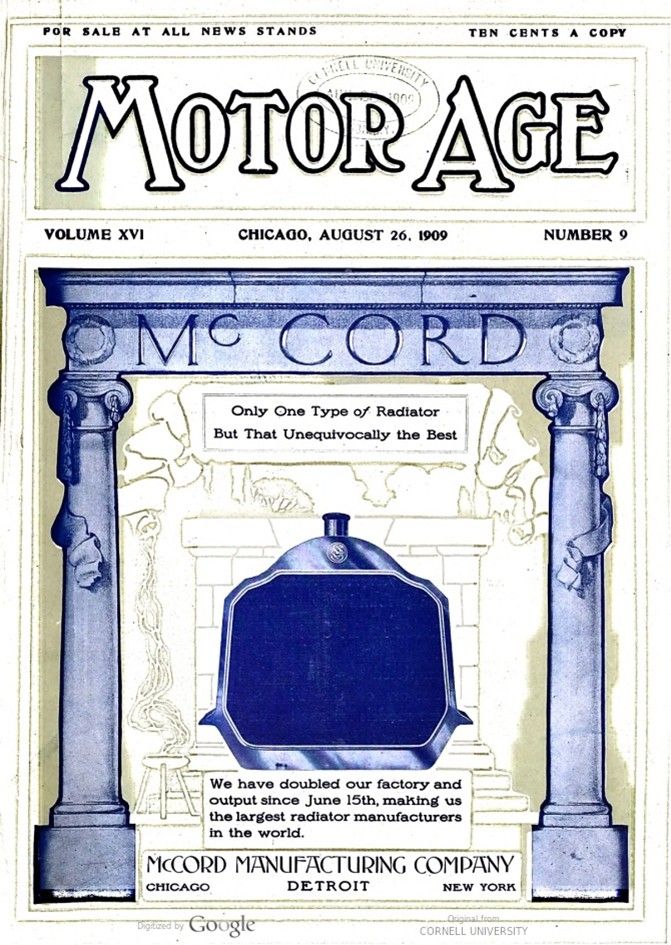
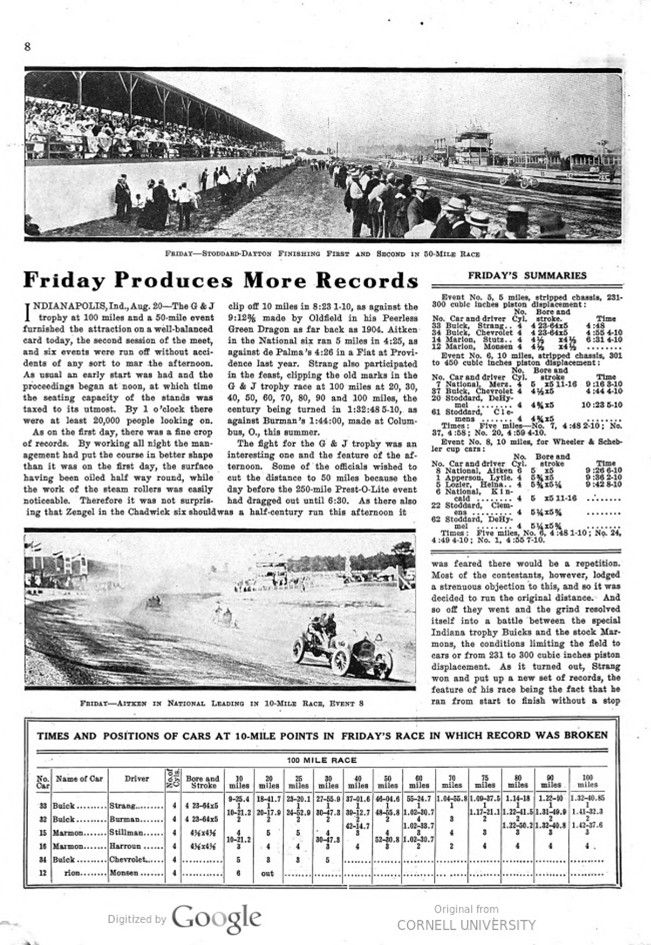
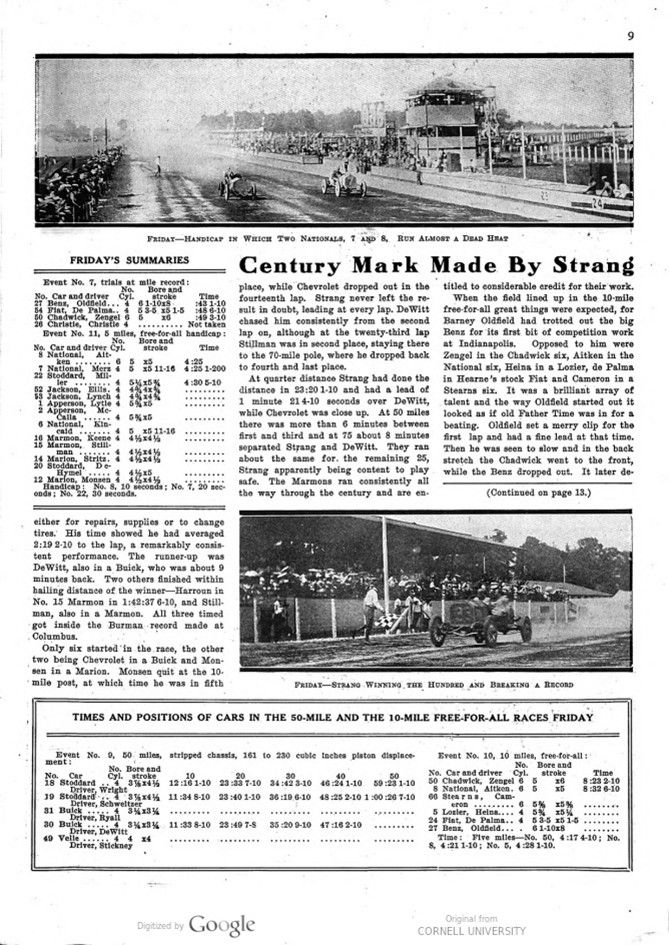

Text and jpegs by courtesy of hathitrust.org www.hathitrust.org, compiled by motorracinghistory.com
Motor Age Volume XVI, No. 9, August 26, 1909.
Friday Produces More Records – Century Mark Made By Strang
INDIANAPOLIS, Ind., Aug. 20 – The G & J. trophy at 100 miles and a 50-mile event furnished the attraction on a well-balanced card today, the second session of the meet, and six events were run off without accidents of any sort to mar the afternoon. As usual an early start was had and the proceedings began at noon, at which time the seating capacity of the stands was taxed to its utmost. By 1 o’clock there were at least 20,000 people looking on. As on the first day, there was a fine crop of records. By working all night, the management had put the course in better shape than it was on the first day, the surface having been oiled half way round, while the work of the steam rollers was easily noticeable. Therefore, it was not surprising that Zengel in the Chadwick six should clip off 10 miles in 8:231-10, as against the 9:12% made by Oldfield in his Peerless Green Dragon as far back as 1904. Aitken in the National six ran 5 miles in 4:25, as against de Palma’s 4:26 in a Fiat at Providence last year. Strang also participated in the feast, clipping the old marks in the G. & J trophy race at 100 miles at 20, 30, 40, 50, 60, 70, 80, 90 and 100 miles, the century being turned in 1:32:48 5-10, as against Burman’s 1:44:00, made at Columbus, O., this summer.
The fight for the G & J trophy was an interesting one and the feature of the afternoon. Some of the officials wished to cut the distance to 50 miles because the day before the 250-mile Prest-O-Lite event had dragged out until 6:30. As there also was a half-century run this afternoon it was feared there would be a repetition. Most of the contestants, however, lodged a strenuous objection to this, and so it was decided to run the original distance. And so off they went, and the grind resolved itself into a battle between the special Indiana trophy Buicks and the stock Marmons, the conditions limiting the field to cars or from 231 to 300 cubic inches piston displacement. As it turned out, Strang won and put up a new set of records, the feature of his race being the fact that he ran from start to finish without a stop either for repairs, supplies or to change tires. His time showed he had averaged 2:19.2-10 to the lap, a remarkably consistent performance. The runner-up was DeWitt, also in a Buick, who was about 9 minutes back. Two others finished within hailing distance of the winner – Harroun in No. 15 Marmon in 1:42:37 6-10, and Stillman, also in a Marmon. All three times got inside the Burman record made at Columbus.
Only six started in the race, the other two being Chevrolet in a Buick and Monsen in a Marion. Monsen quit at the 10- mile post, at which time he was in fifth place, while Chevrolet dropped out in the fourteenth lap. Strang never left the result in doubt, leading at every lap. DeWitt chased him consistently from the second lap on, although at the twenty-third lap Stillman was in second place, staying there to the 70-mile pole, where he dropped back to fourth and last place.
At quarter distance Strang had done the distance in 23:20 1-10 and had a lead of 1 minute 214-10 seconds over DeWitt, while Chevrolet was close up. At 50 miles there was more than 6 minutes between first, and third and at 75 about 8 minutes separated Strang and DeWitt. They ran about the same for the remaining 25, Strang apparently being content to play safe. The Marmons ran consistently all the way through the century and are entitled to considerable credit for their work.
When the field lined up in the 10-mile free-for-all great things were expected, for Barney Oldfield had trotted out the big Benz for its first bit of competition work at Indianapolis. Opposed to him were Zengel in the Chadwick six, Aitken in the National six, Heina in a Lozier, de Palma in Hearne’s stock Fiat and Cameron in a Stearns six. It was a brilliant array of talent and the way Oldfield started out it looked as if old Father Time was in for a beating. Oldfield set a merry clip for the first lap and had a fine lead at that time. Then he was seen to slow and in the back stretch the Chadwick went to the front, while the Benz dropped out. It later developed that Barney had met with an accident in the handicap preceding in which he had driven his Old Glory National. He had had to stop in the back stretch and while cranking the motor again the hood came off and struck him in the arm, making a bad cut. This pained Barney and in the big race he was greatly handicapped. Also, a footboard on the Benz had loosened and got under the clutch pedal so that Oldfield was in sad straits.
After Oldfield had been eliminated, there was nothing to it but the Chadwick, which was let out to the limit. The distance of the race was soon covered, and Zengel came home about an eighth of a mile ahead of Aitken in the National, having covered the 10 miles in 8:23 2-10, which amply demonstrated the speed possibilities of the track. The Chadwick was 10 4-10 seconds ahead of the National, no other cars finishing.
Another speed feature of the afternoon was the mile trial. Yesterday Barney Oldfield in the Benz went an exhibition in :431-10 and today he drove against this mark.
The speed trials opened the afternoon’s sport and following it came the 231-300 class race at 5 miles in which Strang and Chevrolet in Buicks had everything to themselves, third place falling to Stutz in the Marion, who, however, was some distance in the rear. Aitken in the National six again came into prominence in the 10-mile race for 301-450 class of stripped chassis in which the runner-up was Chevrolet in a Buick. De Hymel in a Stoddard was third.
Aitken followed this up with another victory in the 10-mile for cars that will run for the Wheeler & Schebler trophy tomorrow. In this he trimmed Lytle in an Apperson, having nearly 10 seconds the advantage as the tape was crossed, while Heina in a Lozier was third. In the 5-mile handicap it was a case of the National being one, two, Aitken in his six getting the decision over Merz, the finish being so close that many dispute the decision of the judges. It probably was one of the most hair-splitting decisions ever turned out at a motor meet, the timers deciding there was only 1-200 of a second between the two Nationals.
The 50-mile race shared honors with the century as one of the attractions of the afternoon, and it resolved itself into an easy victory for the Stoddard-Dayton, which took both first and second.


